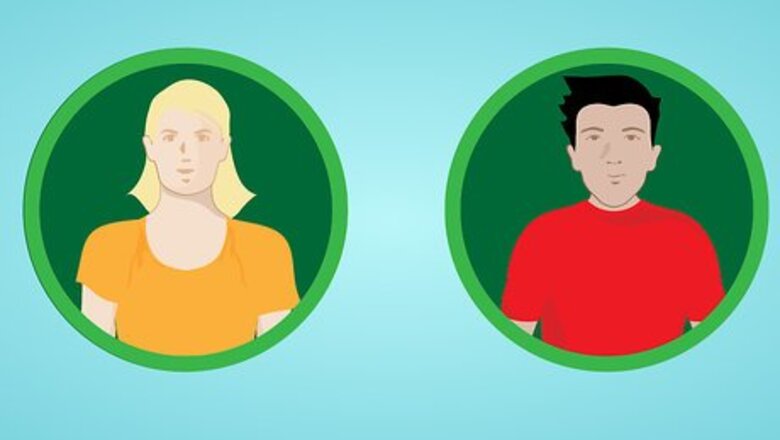
views
Knowing What You Want
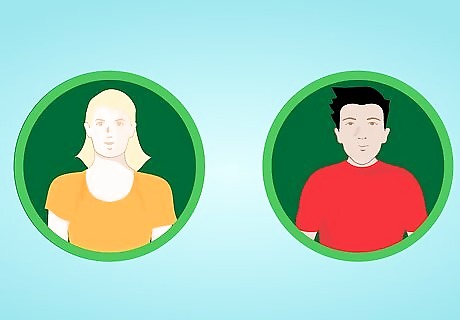
Know what a DNA test can do for your family tree search. DNA Tests are best in finding the cousins you don't know you have. The jackpot is finding say, a 3rd cousin you didn't know about, who has lots of information on ancestors you didn't already know about.Use DNA Tests to Trace Your Family Tree Step 1Bullet1.jpg Many of these people have taken a DNA test already and are registered with the DNA companies. So, the DNA test will not only tell you who are your distant cousins, but also let you contact them.Use DNA Tests to Trace Your Family Tree Step 1Bullet2.jpg
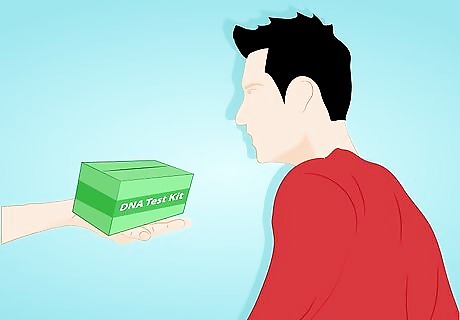
Know that it DNA tests work best when you are from: Large families with many many cousinsUse DNA Tests to Trace Your Family Tree Step 2Bullet1.jpg Ethnicities with lots of data and researchersUse DNA Tests to Trace Your Family Tree Step 2Bullet2.jpg Ethnically mixed families, so you can easily figure out what side of your family is related to someone you find.Use DNA Tests to Trace Your Family Tree Step 2Bullet3.jpg
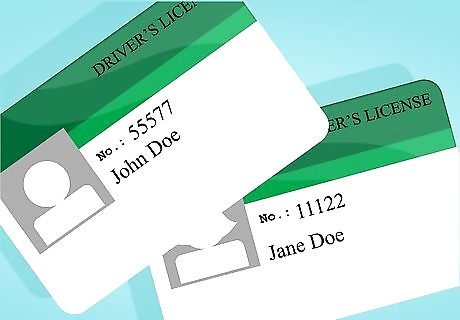
DNA tests can also be helpful in proving if you and someone else have the same paternal or maternal line. They can prove if two people with the same surname have an identical ancestor on the male line.Use DNA Tests to Trace Your Family Tree Step 3Bullet1.jpg They can also prove if two people have the same maternal line.Use DNA Tests to Trace Your Family Tree Step 3Bullet2.jpg
Deciding Which Test to Order
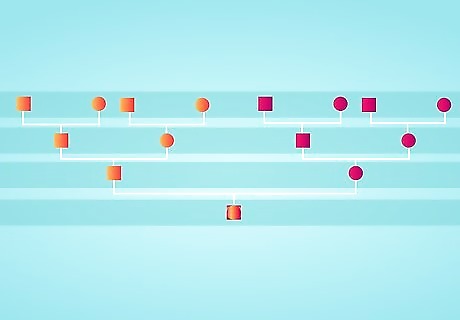
Start with one of the Family Finder tests. These tests (also called autosomal tests) give results for all of your DNA, not just the male line or the female line. They are therefore better for tracing more recent ancestors. The family finder tests will find people you are related to, but don't know, typically 3rd or 4th cousins. These people are most likely to have family information you do not have. There is another kind of test that you usually don't want for family tree research. Y Chromosome tests and X Chromosome tests are helpful in testing what National Geographic calls your "Deep Ancestry[1]," where your family was from many hundreds or thousands of years ago. This is very interesting but not as helpful as finding distant cousins. The Y Chromosome tests are helpful when you are trying to prove a shared male ancestor. For example, they can help if you are trying to prove the father of a direct-line ancestor on the extreme paternal line (following the surname). If known male descendants of the “supposed” father match the your DNA (if you are male) or your father's DNA (if you are female), then it proves you have a common ancestor. Similarly, 23andme now lets you find out your percentage of Neanderthal DNA. This is also highly interesting, but again not going to help you trace your family tree over the last couple hundred years or more.
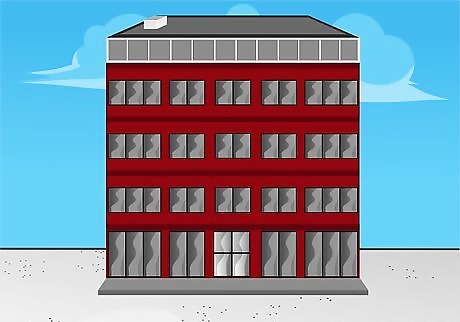
Know that you want to order Your DNA test from one of the big three. Smaller companies may or may not have better technology, but to trace your family tree, you need to order from one of the larger companies. The larger companies will match your DNA with people related to you that have also taken the test from them. Smaller companies are much less likely to find a match, simply because they have fewer people in their database.
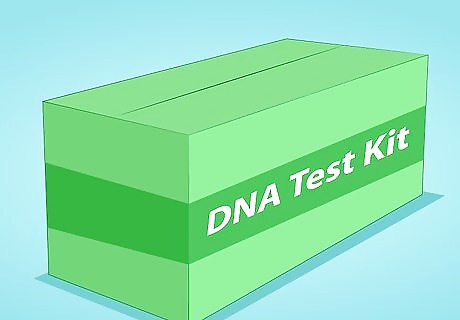
Decide which company to order the DNA test from. Family Finder tests are available from all three of the large companies: Ancestry.com 23 and me FamilyTreeDNA
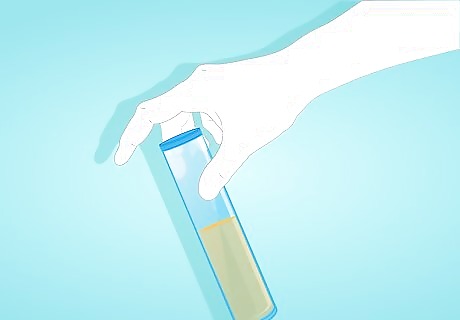
You will be OK with either of the three companies. Your decision on which of the three to use is a bit more personal preference. 23andme has some interesting features (notably, disease identification), but these other features are not helpful for most family tree purposes. African Ancestry and Oxford Ancestors are very good services for those tracing their more distant roots in Africa and the UK, but are not as good for family finding. You may find a certain company has a better service for your ethnicity. 23andme has a project to better classify DNA of people from Sub Saharan Africa. So if you are trying to trace African DNA, they might be the best match for you. Consider looking at more than one company. If you are extremely determined, you could take tests from more than one of these companies. 23andme data can be imported into Family Tree DNA. You will have to pay $50 to do that.
Ordering and Taking the Test
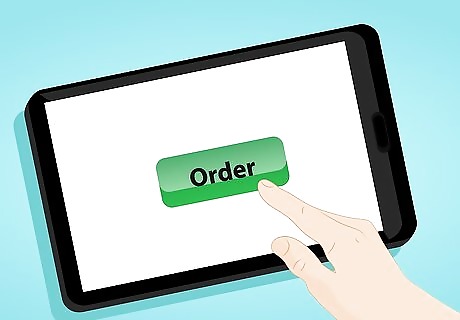
Order the test. You can order the test using the website of the company you choose. It will come in the mail in a week or so.

Take the test. The test is a "spit test." Open the test tube and spit into it, filling to the line.Use DNA Tests to Trace Your Family Tree Step 9Bullet1.jpg Seal the test tube.Use DNA Tests to Trace Your Family Tree Step 9Bullet2.jpg Put the test tube and information back into the envelope and mail it back.Use DNA Tests to Trace Your Family Tree Step 9Bullet3.jpg
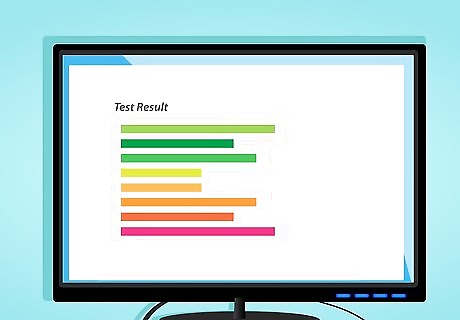
Results come by via Internet within a couple of weeks.
Using the Results to Build Out Your Family Tree
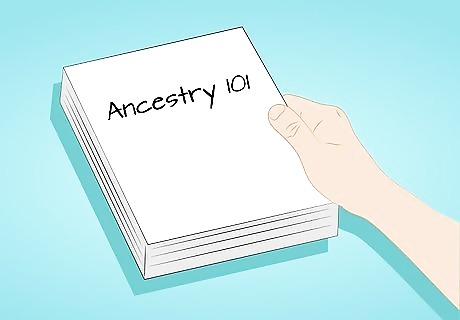
Understand more about your DNA. Before looking at your results, you may want to read up on the DNA of the location of your ancestors for more background. For example, if you are looking at ancestors from the British Isles, you could read Saxons, Vikings and Celts.[2] There are similar titles for other ethnicities.
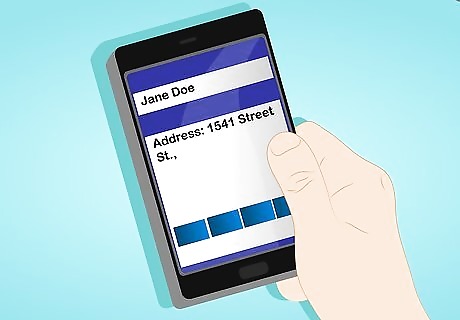
Scan the DNA company's database for matches. You will probably find an overwhelming number of matches, but the key is to contact the right people to help build out your family tree. It is best to organize before talking to distant relatives that you will find online. Get the family names and locations of your ancestors that you are trying to trace.Use DNA Tests to Trace Your Family Tree Step 12Bullet1 Version 2.jpg Ancestry will often send you a list of hundreds of your 4th-6th cousins, this is not very helpful to look at unfiltered. They will show a family name of a DNA match, which does make things easier to trace.Use DNA Tests to Trace Your Family Tree Step 12Bullet2.jpg
Realize that mixed ethnic background makes finding relatives easier. As an example, if you are half white and half Asian, and you find someone is a cousin who is Asian, you immediately can guess which side they are on. If you are 1/8th or 1/16th of an ethnicity, but do not know what side of your family that ethnicity is, you can find out by having either your mother or father take the same DNA test.
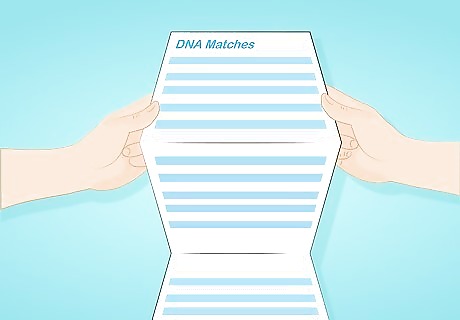
Look closely at the lists of people the DNA company provides to you. The most promising results are 3rd or 4th cousins, especially if you can find a family name in common. You are looking for "Goldilocks" relatives, not too close and not too far. You will learn most if you can find a relative that is closely related enough so that you can trace your exact relationship and merge your family trees.












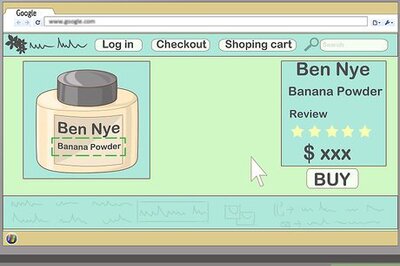

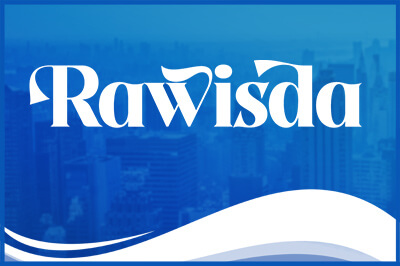

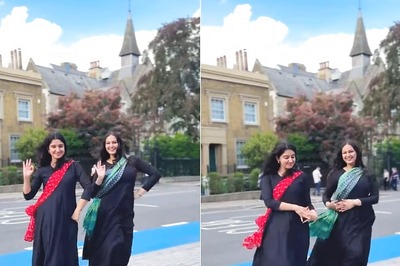

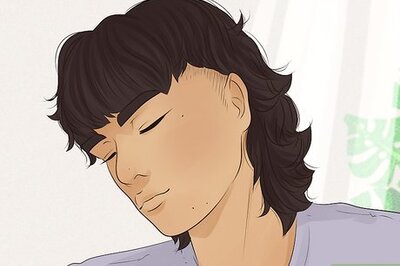
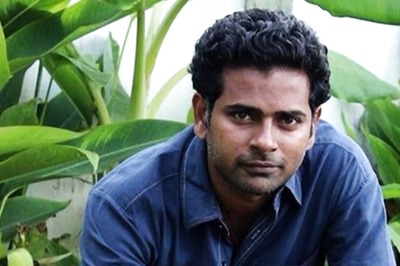
Comments
0 comment